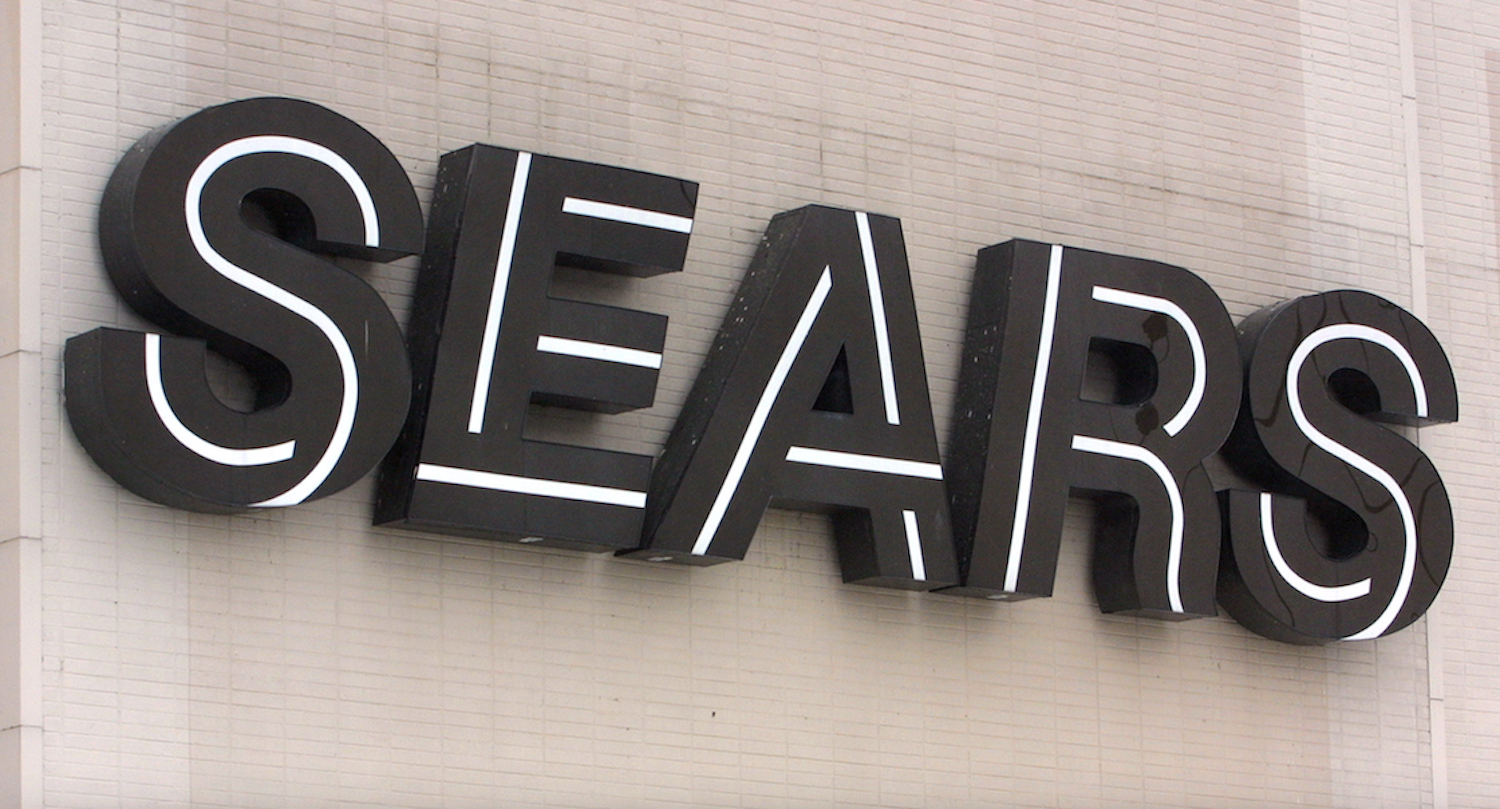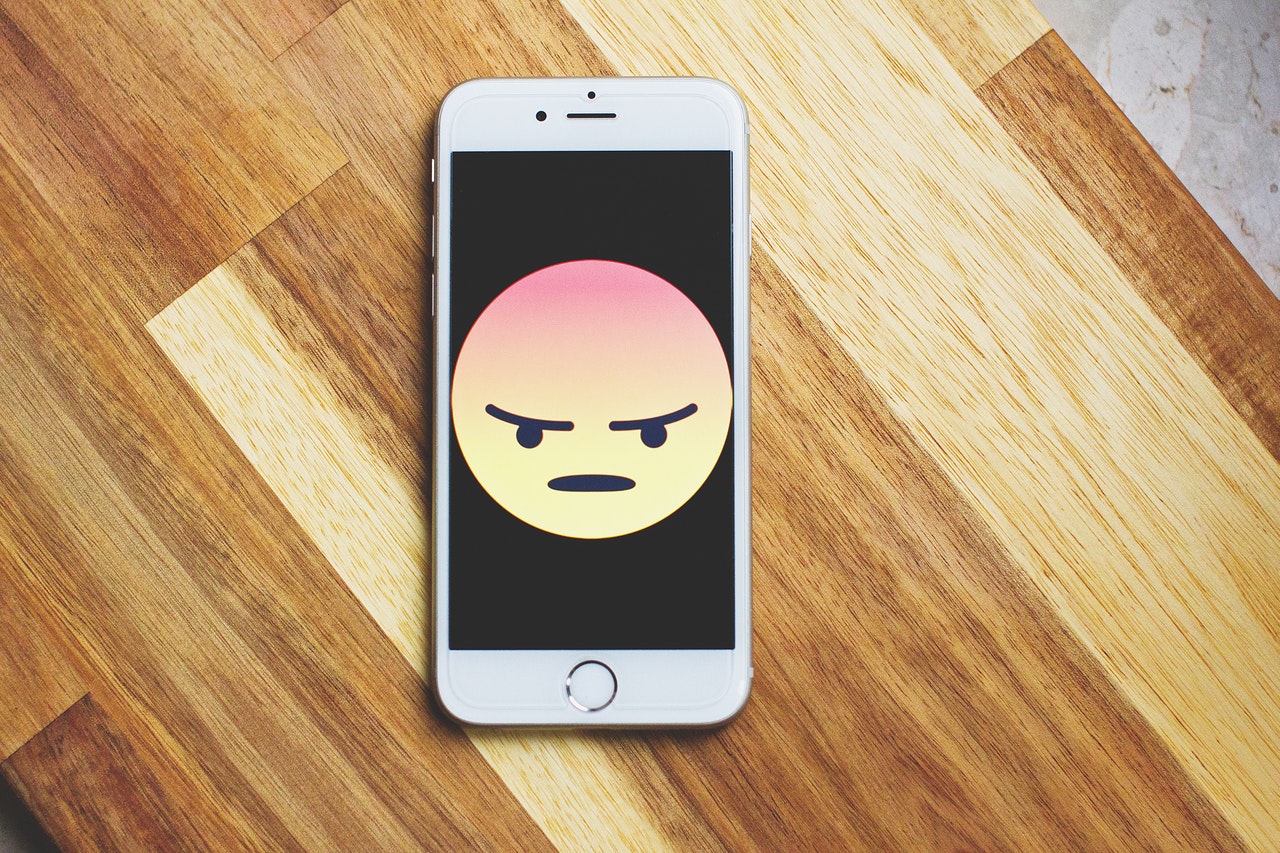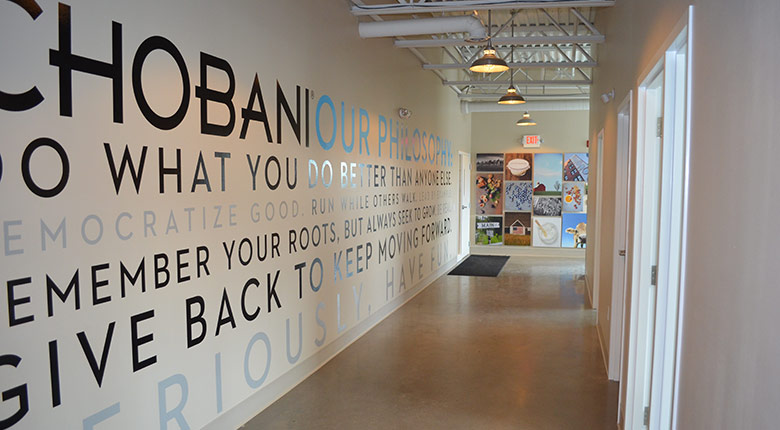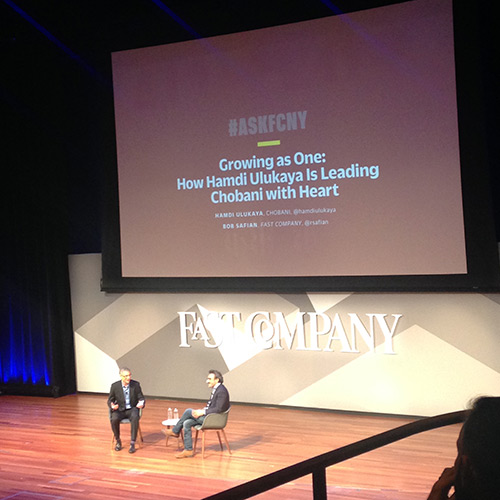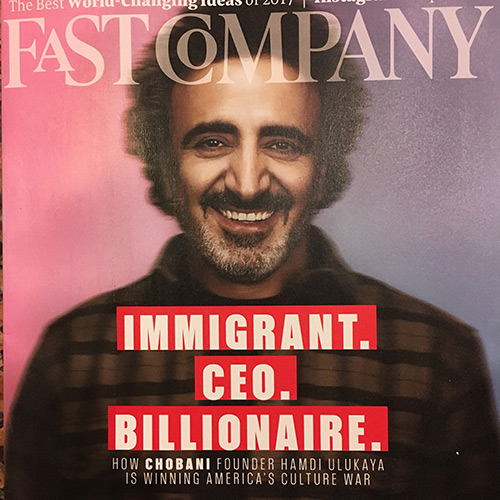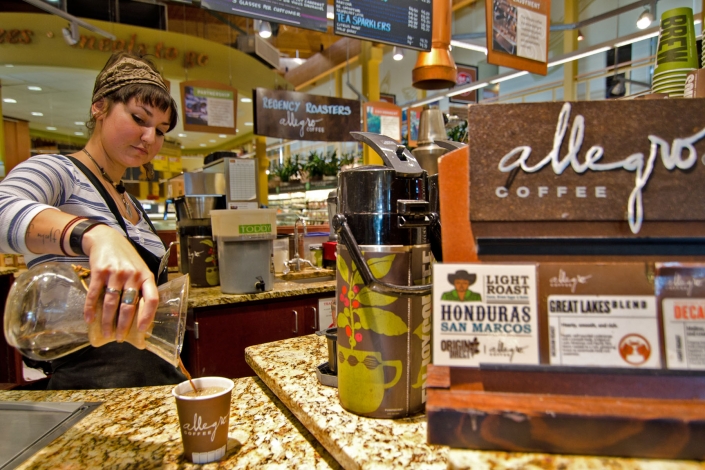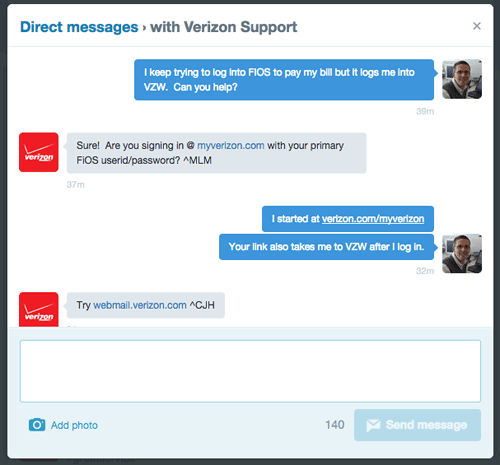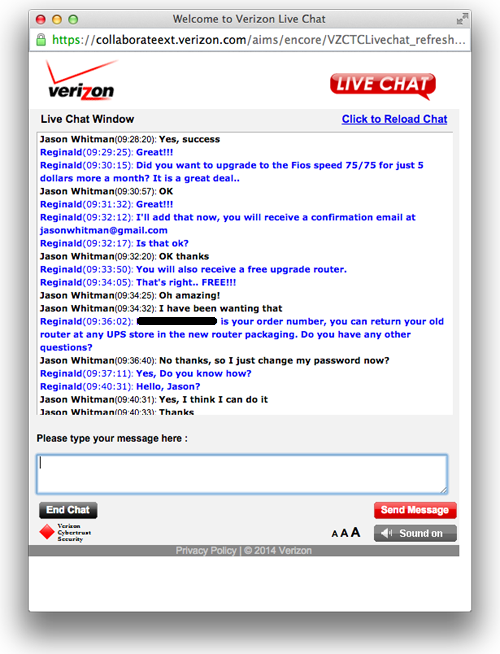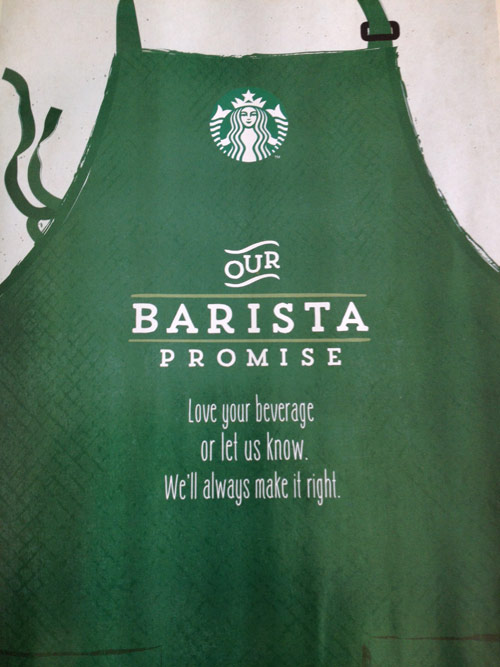When I turned 16, my dad made me get a job. He gave me a list of places I had to visit to apply. They were mostly retailers – I remember visiting Blockbuster Video, Toys R Us and Sears specifically. I knew that I had an “in” at Sears – my dad went to high school with the store manager. This meant an immediate interview instead of the traditional paper application, and also getting hired in literally minutes after walking into his office.
I really didn’t think to apply anywhere else – my dad told me to get a job and now I had one. At the time, I really didn’t know that this first gig in customer service would act as a foundation for many years later. I worked at Sears all through high school, originally as a Sales Associate in sporting goods and then expanding to paint, hardware and lawn and garden when I wanted more hours. I got paid minimum wage plus commission, so it was also my first experience with pay for performance. I stayed for five years, working on and off during breaks in college.
I am sharing this story because I interview a lot of candidates and they often ask how I got my start in customer service. It would be easy to leave a retail job like Sears off a resume, but it really was my foundation in the industry. So much so, I recently decided to add it to my resume on Indeed and to my LinkedIn profile.
I learned a lot doing that job, especially around integrity and ethics. One of my favorite team members, and someone I considered a protege, was fired one day for helping someone steal merchandise. I had to come to grips with that incident and the decisions he had made, which was not easy for a sub-20-year-old.
Another of my most memorable experiences happened one day when I was working the sporting goods floor, and another employee, I’ll call him Vinny, was working in lawn and garden. Vinny was a Sears “lifer” – he had been in a the job for a very long time, and raised a family along the way. Vinny was near retirement and never seemed to have much patience for us younger employees.
That day, Vinny was covering lawn and garden solo. When I think about how often we worked alone, it feels crazy to me now, but it happened all the time. I would even work double shifts totally alone. So Vinny was solo, and his department and mine were side by side. Vinny was with a customer when another customer was looking at a riding lawn mower. Now, it’s important to know that a riding mower (we actually called them “tractors” in the vernacular) was pretty much the biggest sale you could make in lawn and garden. So big that when an employee would sell one, you would hear all about it in the folklore and water cooler talk amongst the employees. Selling one meant you were a killer Sales Associate and would be getting a very nice commission payout in your next check.
Because I had backup in my area, I was walking the floor and the customer near the tractors asked for help. I knew enough at that point to be dangerous, but really didn’t want to mess with Vinny’s pay (or whatever wrath he would rain down on me). But the customer asked a second time, and I had to make the call on what was more important, Vinny’s take-home pay or the customer experience. I ended up helping the customer, and I sold a tractor!
The second that transaction ended and the customer was gone, I turned around and saw Vinny very quickly walking in my direction. He said nothing. He grabbed our copy of the receipt, quickly walked back to his register, and voided the transaction. He then re-did the transaction under his employee ID (this meant that he technically made the sale and would get paid commission for it).
I was more stunned than upset, and didn’t really know what to do. What Vinny did felt wrong, but I also knew it was his department, not mine, and he had kids to feed. I had never experienced this type of professional ethical dilemma before. I decided to ask for some time with the store manager (now someone else, as my dad’s friend had retired), and just told her the story, not expecting anything to happen. But after hearing what occurred, she got up, walked to the nearest register, and put the sale back in my name.
When I got my check the next week and it had the commission amount for the tractor sale, I was really grateful to work at a place where integrity prevailed.
Looking back, I had so many first service experiences at Sears. I had a customer hug me for the first time, I had my first escalation (went terribly), I learned to upsell and cross-sell. We closed my first store and opened a new one. I watched friends come and go in the same role, and saw many “lifers” keep persevering.
In my last year there, my department manager suggested I apply for the Sears management training program, which, at the time, was highly regarded. It would have meant moving back home from where I was going to college, so I declined. But I am grateful for the foundation that job provided to me. I’ll never leave it off my resume again.

